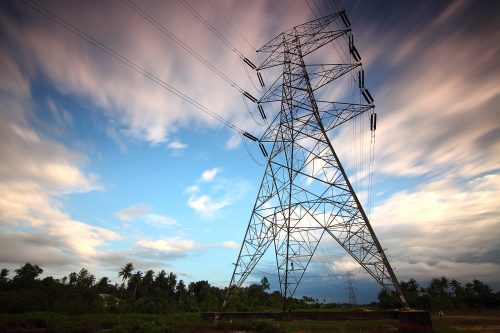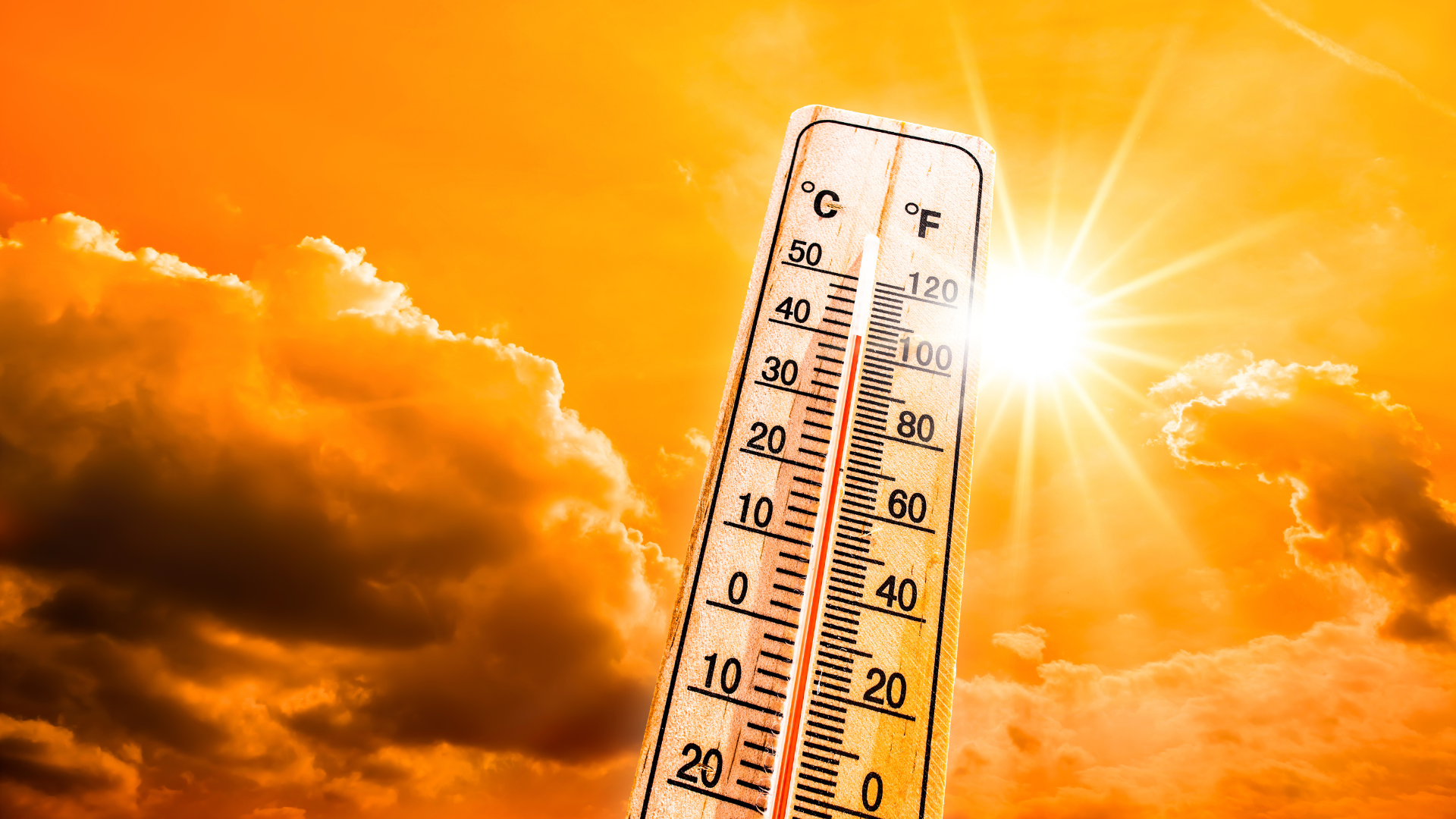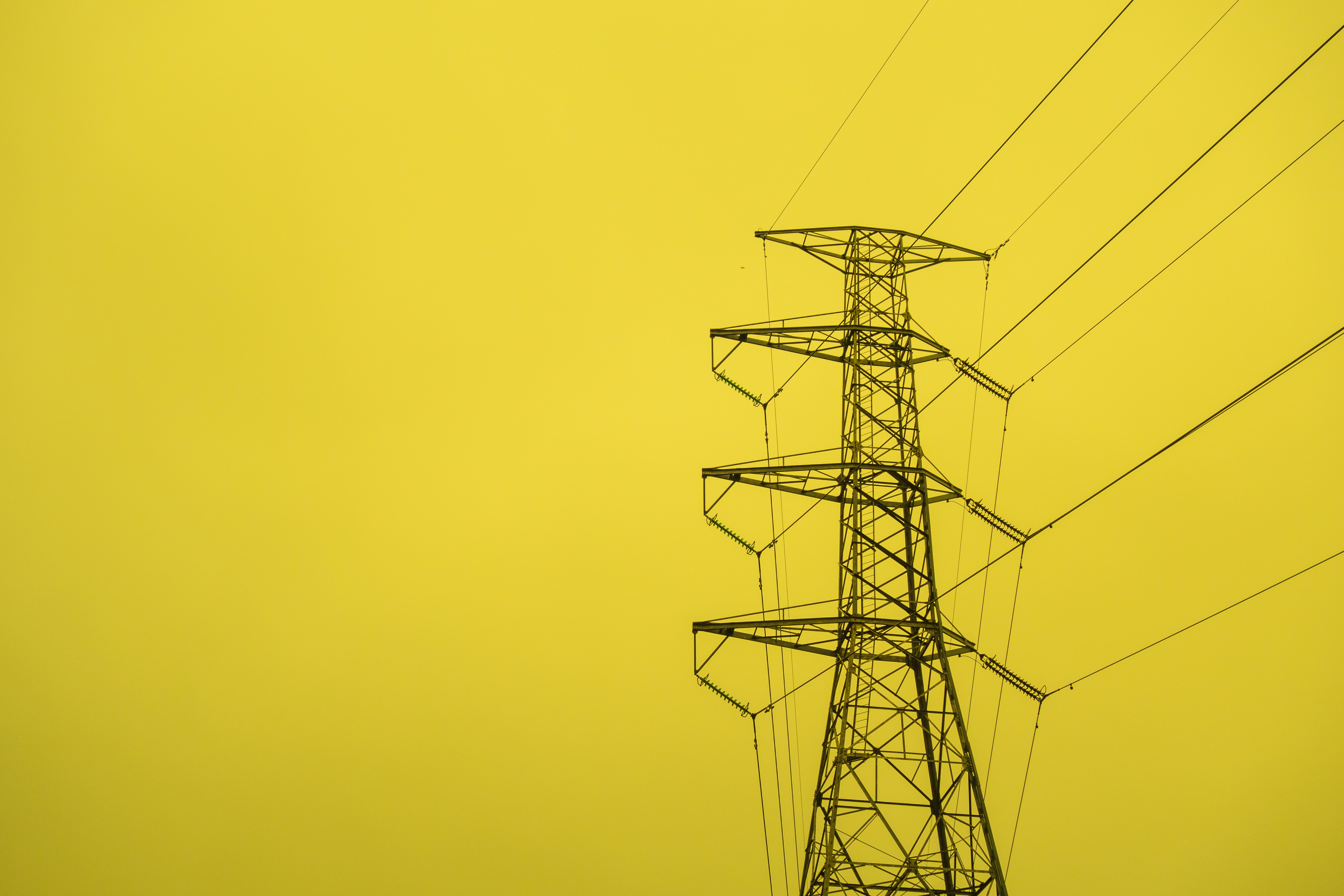A Roadmap for Energy Reform
South Carolina is facing an energy crisis.
In 2016, the average energy bill was higher for South Carolinians than for energy customers in any other state. We are still in the top five both nationally and in the Southeast. And it looks like power giant Santee Cooper is set to raise rates even higher.
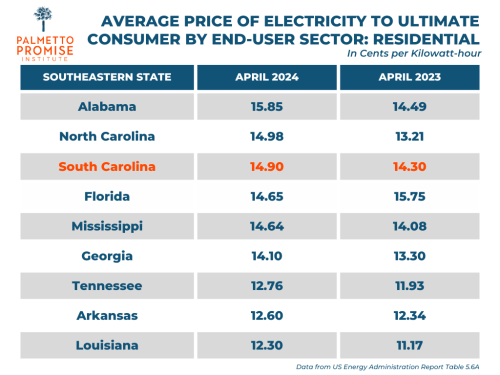
On top of that problem, South Carolina has such a population influx (according to US Census data, we are the fastest growing state in the nation) that our energy production simply cannot keep up with the demand.
Earlier this year, Speaker of the House Murrell Smith told the media: “We’re getting dangerously close to running out of being able to serve power needs of South Carolina, both from an industrial standpoint and a residential standpoint.”
Too much demand and not enough supply? It doesn’t take a PhD in economics to see where that leads…South Carolina’s already high energy bills will soar even higher, burdening ratepayers and squashing economic growth in our state.
But there are innovations that can provide relief by embracing modern technology and shifting risk away from ratepayers. The experiences of other states show how embracing electricity choice and nuclear generation can lower prices and improve customer service and innovation. These are worthy solutions for South Carolina, a state that, despite its many providers, denies its citizens access to more than one option for power.
The most significant headline-grabbing unwelcome news for the South Carolina electricity customer, also known as the “ratepayer,” was the failure of the V.C. Summer nuclear plant expansion exactly five years ago (July 31, 2017) that left customers exposed. But few energy customers are aware of the rest of the story: power bills are high all over the Palmetto State.
THE FACTS
- South Carolina is regularly in the top ten in consumer spending for electricity and has in recent years been #1 (2016). Palmetto State average utility bills currently rank #3 (2020) of the contiguous states and DC (49).
- South Carolina’s prices in all three customer classes—industrial, commercial, and residential—are higher than two of our neighbors and economic development competitors (North Carolina and Georgia).
- All utilities operating in South Carolina raise electricity rates regularly.
- South Carolina’s energy generation sources vary significantly from national sources, already relying on a majority nuclear energy. We’re already leading the nation on nuclear energy; why not double down?
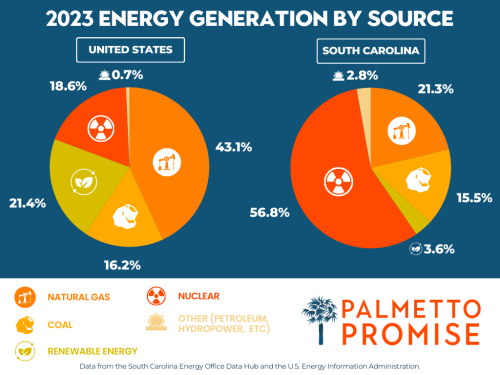
- There are a variety of options for wholesale and retail competition that will shift risk for capital projects and save ratepayers pain at the meter, but there must be enough political will to try them.
- Natural gas generation and small nuclear (SMR) generation are short run and long run solutions.
- An Energy Imbalance Market is another option that has many benefits of a full-fledged Regional Transmission Organizations (RTOs) without many drawbacks. An EIM is voluntary market that balances supply and demand every five minutes by economically dispatching participating resources with the lowest cost energy. South Carolina could form an imbalance market or join an existing imbalance market, so long as there is some independent system operation and perhaps governance.
WHAT’S BEING DONE?
The South Carolina House of Representatives passed a bill earlier this year that sought to address this energy shortage. The Senate indicated that it did not have sufficient time to review the lengthy House proposal so they amended the legislation into a simple resolution stating that energy reform must be an important priority. The bill was sent to Conference Committee, where it died.
In preparation for their own energy bill for 2025, the South Carolina Senate has convened a Special Committee on South Carolina’s Energy Future to take testimony and draft legislation this fall. Majority Leader Shane Massey (R-Edgefield) said he wants a bill finalized by the end of the year.
Palmetto Promise Institute has been a leader in South Carolina energy research and reform for years. In 2022, we published our hallmark report “Assessing the Spectrum of Reform: How Collaboration & Competition in South Carolina Could Help Lower Some of America’s Highest Electricity Bills.” This report examined all the possible ways South Carolina could structure its energy market for the future to reduce costs for ratepayers. Many of its findings are still relevant today, and we commend it to you for deeper research into the issue of South Carolina energy freedom.
RECOMMENDATIONS FOR ENERGY REFORM
As the General Assembly considers how to address South Carolina’s energy future, we submit our recommendations for reform, drawing on our extensive research from 2022 and 2024:
- Lower customer rates across all three sectors; residential, industrial, and commercial.
- Lower generation and transmission costs.
- Incentivize small nuclear reactor (SMR) and new natural gas generation.
- Shift risk away from ratepayers.
- Create a liquid market to encourage more entry.
- Allow competition between energy providers to drive prices down.
- Maintain competitive rates to attract and retain job-creators.
- Consider creating a South Carolina Energy Imbalance Market (SCEIM) (for more on this, see our 2022 report).
